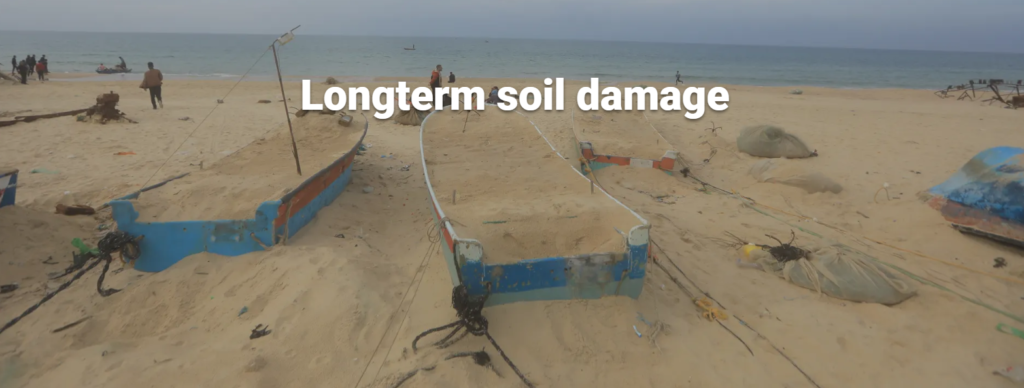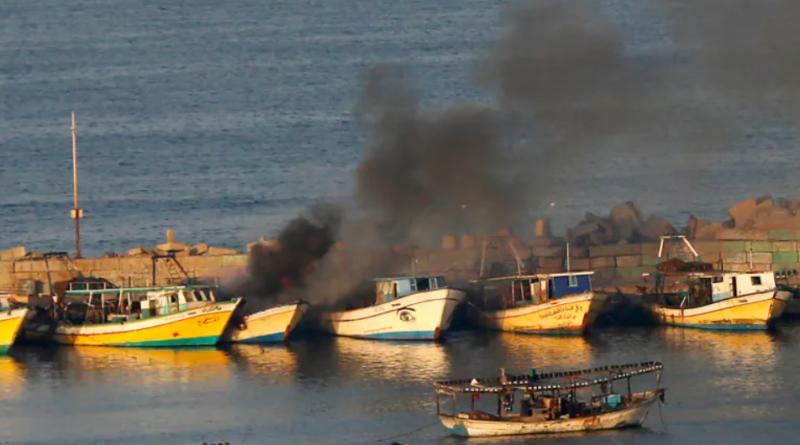ISRAEL Obliterates GAZA’S Capacity TO Take care of ITSELF
“Israel’s military strikes devastate Gaza’s infrastructure, leaving the region’s self-sustain ability in shambles. Get the latest updates on the conflict.”

At the start of summer, Gaza’s fields are full of ripe fruits and colorful produce.
Nevertheless, following nine months of Israel’s conflict on Gaza. The plentiful harvests transformed into devastation, leading to a significant humanitarian crisis.
According to a UN report, 96% of Gaza’s population is food insecure, with around 495,000 people. One in five Palestinians, facing starvation.
Satellite pictures examined by Breakingtodyas computerized examination group, Sanad show that the greater part (60%) of Gaza’s farmland.Israeli attacks have damaged or destroyed crucial infrastructure necessary for feeding the hungry population in the war-torn area, which is pivotal for addressing the conflict.
Israel has killed something like 37,900 individuals and harmed 87,000 others in bombings. By annihilating medical services that might have saved them, and by starvation.
North to south, no place and no one has been saved.

North Gaza
In Beit Lahiya, once known for full, delicious strawberries that local people affectionately called “red gold”. Israeli tractors and large equipment have methodicallly destroyed fields, lessening them to soil.
Before the conflict, Gaza’s strawberry industry utilized a large number of individuals. Cultivating and planting started in September, with collecting from December through Spring.

A Palestinian rancher conveys a container of strawberries on a homestead in north Gaza [File: Getty Images]
As satellite images reveal vehicle tracks crisscrossing the once fertile lands of Beit Lahiya, the impact on the area becomes evident.

Source: Planet Labs PBC | (LEFT) Previously: June 2023; (Just) Later: May 2024
Opposing Israel’s continuous assaults, ranchers like Youssef Abu Rabieh sorted out ways of developing food between bombarded out structures . Stopgap nurseries of reused compartments.

Palestinian rancher Youssef Abu Rabieh sent off his horticultural drive notwithstanding continuous Israeli assaults in Beit Lahiya, on April 28, 2024 [Mahmoud Issa/Anadolu through Getty Images]
Gaza City
Moreover, boasting thriving garden plots and backyard fruit trees, Gaza City. Which housed around a third (750,000) of Gaza’s 2.3 million inhabitants before the conflict, was a bustling agricultural center.
South of Gaza City is Zeitoun, a region named after the Arabic word for olive. When satellite pictures show southern Zeitoun where virtually each and every piece of vegetation has been cleared out.
Deir el-Balah
Given its very name meaning “Place of Dates,” the central governorate of Deir el-Balah is arguably one of Gaza’s most significant agricultural producers, renowned for its oranges, olives, and, of course, dates.
The date reap regularly starts in late September and go on through the finish of October.

Palestinian homestead laborers gather dates in Deir el-Balah, Gaza, September 30, 2021 [AP Photograph/Adel Hana]
The satellite pictures beneath show the far and wide annihilation of ranches, streets and homes in eastern Maghazi in the focal point of Deir el-Balah.
Khan Younis
Khan Younis in the south used to deliver the majority of Gaza’s citrus, including oranges and grapefruits.
Blessed with fertile soil and long hours of Mediterranean sunlight, Gaza’s largest governorate, comprising about 30% of the Strip’s 365 sq km (141 sq miles), offers the perfect environment and ample space.

Rafah
Rafah is the southernmost district in Gaza. It had a pre-war population of approximately 275,000 people.
Israel destroyed the Rafah crossing with Egypt in May. Which used to be a crucial link between Gaza and the rest of the world.
In the southeast of Rafah, you can find the Karem Abu Salem (Kerem Shalom) crossing, where they used to send merchandise developed or produced in Gaza in and out of the area.
When satellite imagery illustrates how Israeli forces have leveled important fields in eastern Rafah. It showcases the significant impact on the area.
Palestinian food security
Gaza’s 4,000 anglers played a crucial role in Palestinian food security by providing essential animal protein through the fish they caught within the 12 nautical miles (22km) permitted by Israel.
In 2021, Gaza delivered around 4,700 tons of fish as per the Palestinian Focal Agency of Measurements.
From October 7 onwards, many fishermen have been unable to access the sea, while others risk their lives to obtain food, significantly impacting Gaza’s ability to sustain itself.
Gaza Port

Smoke ascends after Israeli air strikes on fishing boats at Gaza Port on October 12, 2023 [Ashraf Amra/Anadolu]
The satellite pictures below show the extensive damage to Gaza’s main fishing port in Gaza City, where nearly all boats have been destroyed, along with significant damage to the road along the main dock.

Palestinians cover their fishing boats with sand to shield them from phosphorus bombs dropped by Israel, December 17, 2023 [Mohammed Talatene/Picture Union by means of Getty Images]
Specialists say military equipment and bombs have harmed Gaza’s ripe soil for a long time.
The significant devastation will result from the materials used in the explosives and phosphorus bombs, leading to a long-term effect on the land and water, as reported by agricultural expert Saad Dagher to Breakingtodays.


Pingback: “Why Gaza Schools Are Shelters Despite Israeli Bombings” -
Pingback: “Hope Reigns: Israel-Gaza Ceasefire Talks Restart”